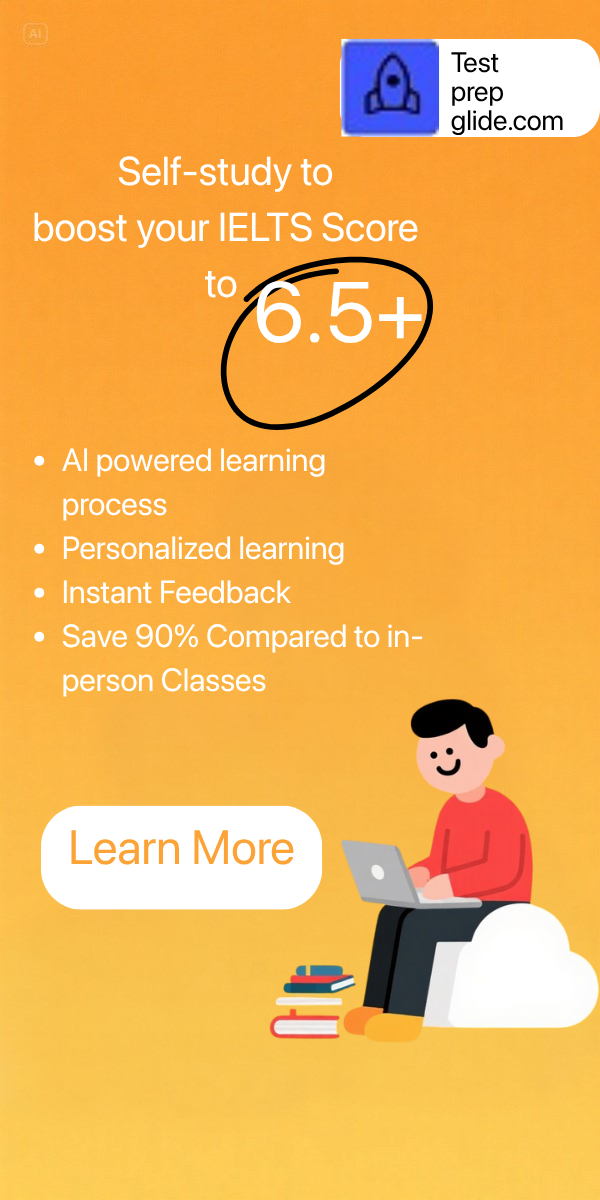In IELTS Writing Task 2, test-takers encounter various essay types. While some essays explicitly require personal opinions, others do not, often confusing students who struggle to distinguish between opinion-based and non-opinion essays. Clarifying this distinction is essential for effective preparation.
Analyze the Question Thoroughly
A frequent mistake students make is rushing to write without thoroughly analyzing the question. This approach risks lowering scores in the task response criterion, as answers may stray from the question’s objectives. To avoid this, carefully read the prompt two to three times to fully grasp its requirements.
Highlight Key Terms and Recognize Tasks
During the second reading, underline critical keywords to maintain focus on the essay’s core topic and instructions. Identifying tasks within the question is equally vital. Consider the following example:
Global warming is increasing at an alarming rate.
What are the reasons for global warming?
What are its possible solutions?
Here, the underlined keywords emphasize the essay’s central theme. The first sentence serves as the essay statement, followed by two direct questions outlining tasks: explaining causes and proposing solutions. Accordingly, the first body paragraph would address reasons, while the second would explore solutions.
Signs of OpinionBased Prompts
To determine if an essay requires personal opinions, look for pronouns like “you” in prompts such as:
To what extent do you agree with this statement?
The term “you” signals the need to present personal views. While some IELTS instructors advise avoiding first-person pronouns (“I”, “we”) in favor of passive voice, many reputable sources consider both approaches acceptable. For example:
Passive Tone:
Although multiple factors contribute to global warming, it is widely believed that fossil fuel consumption remains the primary cause.
Personal Tone:
Although multiple factors contribute to global warming, I firmly believe that fossil fuel consumption remains the primary cause.
Other opinion-based question formats include:
– What do you think about this statement?
– Do you agree?
– Do you think so?
– What is your opinion?
– Discuss both views and give your own opinion.
By recognizing these linguistic cues and adhering to structured analysis, students can confidently identify essay types and fulfill task requirements.






